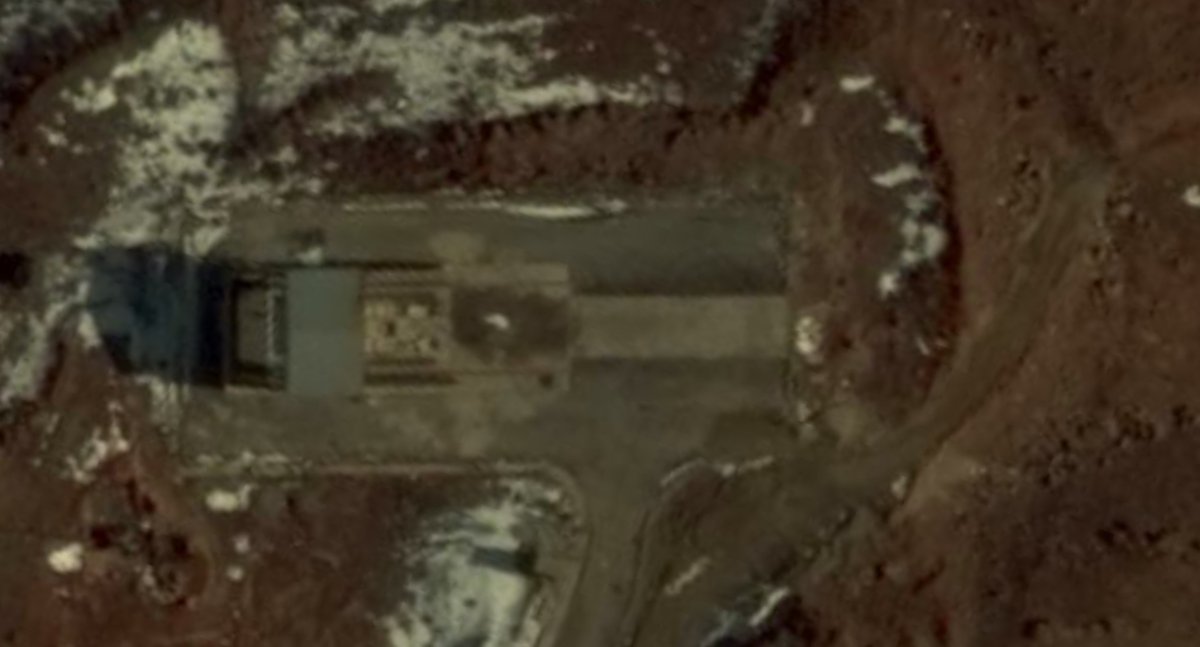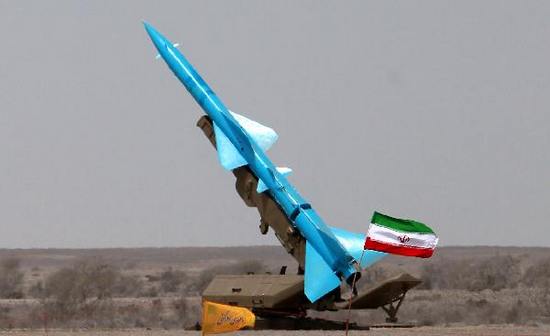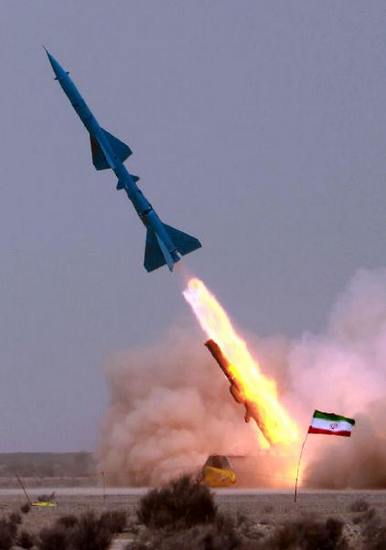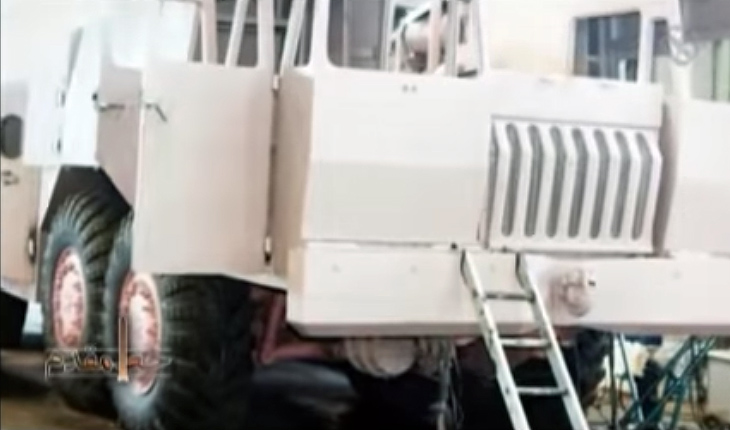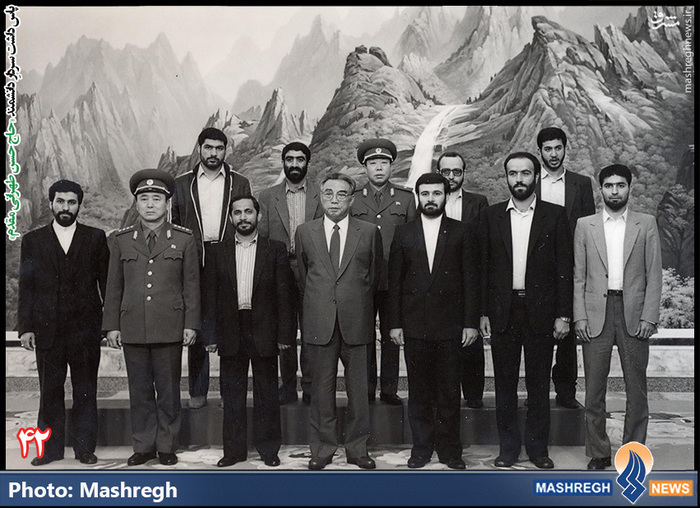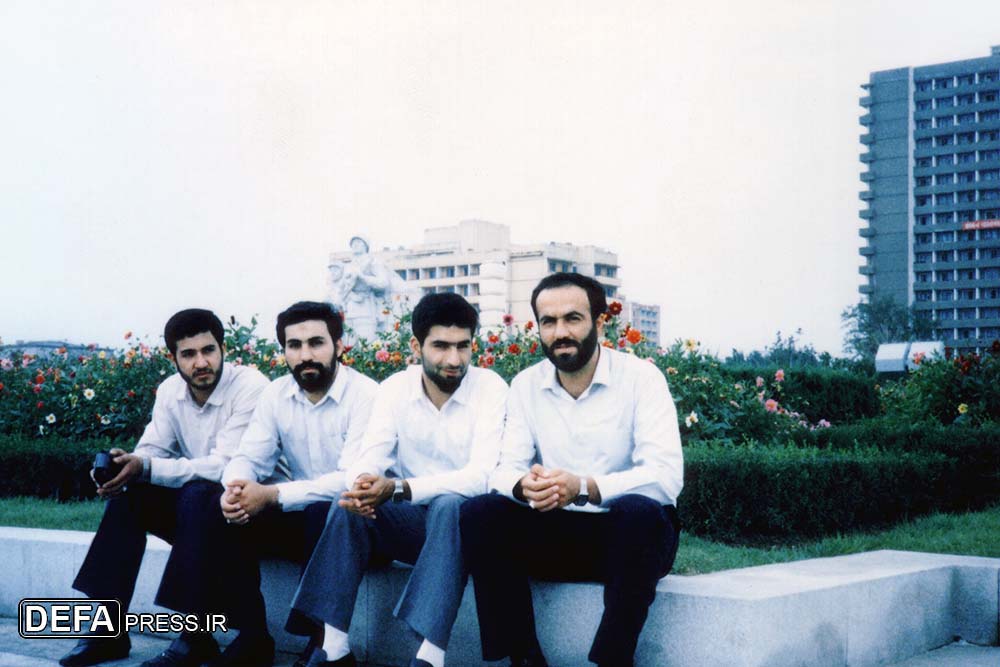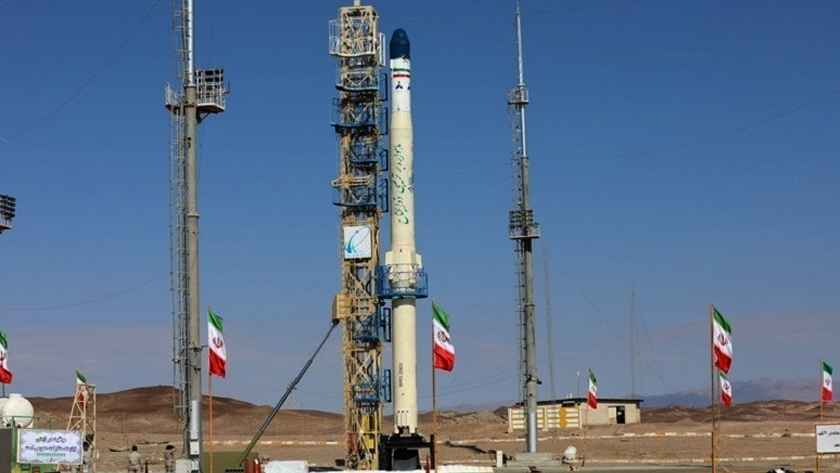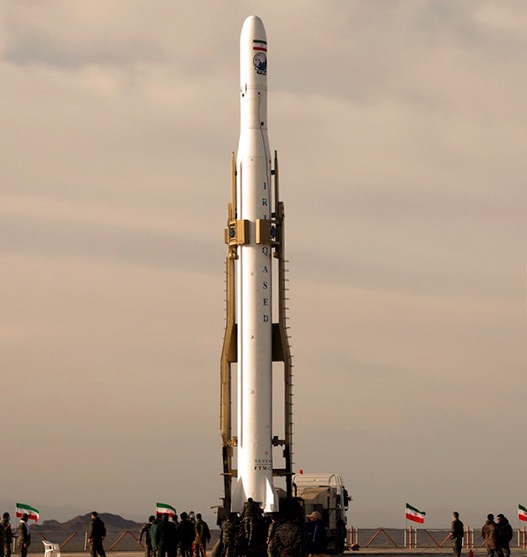
And while we are talking about Syrian CW, here's a short thread about the Syrian air force's decentralized chemical weapons production facilities destroyed by the OPCW. 

In 2013, the Syrian government declared a large part of its CW program to the OPCW. While its official declaration has remained classified, some UN documents do mention the names of facilities.
This 2013 letter from the UN Secretary General lists a total of 18 fixed chemical weapons facilities and also mentions mobile units.
securitycouncilreport.org/atf/cf/%7B65BF…
securitycouncilreport.org/atf/cf/%7B65BF…

The location of some of these sites were already revealed by Syrian opposition media outlet Zaman al-Wasl (I can share coordinates if people are interested).
But others haven't been mentioned in the Zaman al-Wasl report. Among these are Baly, Khalkhala, Tha'lah, Shayrat, as-Sin and Dhabaa.
Now if you have been following the Syrian civil war, there is a good chance you have heard these names before. These are all Syrian air bases. And curiously enough in 2015, the OPCW talked about the destruction of seven aircraft hangars using explosives. opcw.org/sites/default/… 

Satellite imagery clearly shows that at each of seven Syrian air forces bases, a single hangar vanished between 2014 and 2017. Below are examples from Dhabaa and Shayrat. 



But this still leaves one question. Why were these hangars oddly labeled as CW production facilities by the UN instead of let's say storage hangars for CW munition? Well, here we enter the peculiarities of the Syrian program.
The UN document also mentions mobile CW production 'facilities' and a 2015 WSJ article explains what these were: Mobile mixing stations on trucks, where precursors would be mixed to create the chemical agents for Scud warheads in the field.
wsj.com/articles/missi…
wsj.com/articles/missi…

It seems that the Syrians did not produce filled nerve agent Scud warheads that would be a huge hazard to store but rather intended to simply store the precursors and then produce the agent in the field shortly before combat use.
Considering their numbers, their presence at every major airfield and their labeling as chemical weapons production facilities by the UN, it is very likely the hangars fulfilled the very same role for aircraft and aerial bombs as the trucks did for Scuds and their warheads.
ie a facility where nerve agents would be mixed right before a combat sortie, filled into bombs and then loaded onto planes passing through the hangar like the world's most nightmarish drive-through.
End.
• • •
Missing some Tweet in this thread? You can try to
force a refresh



